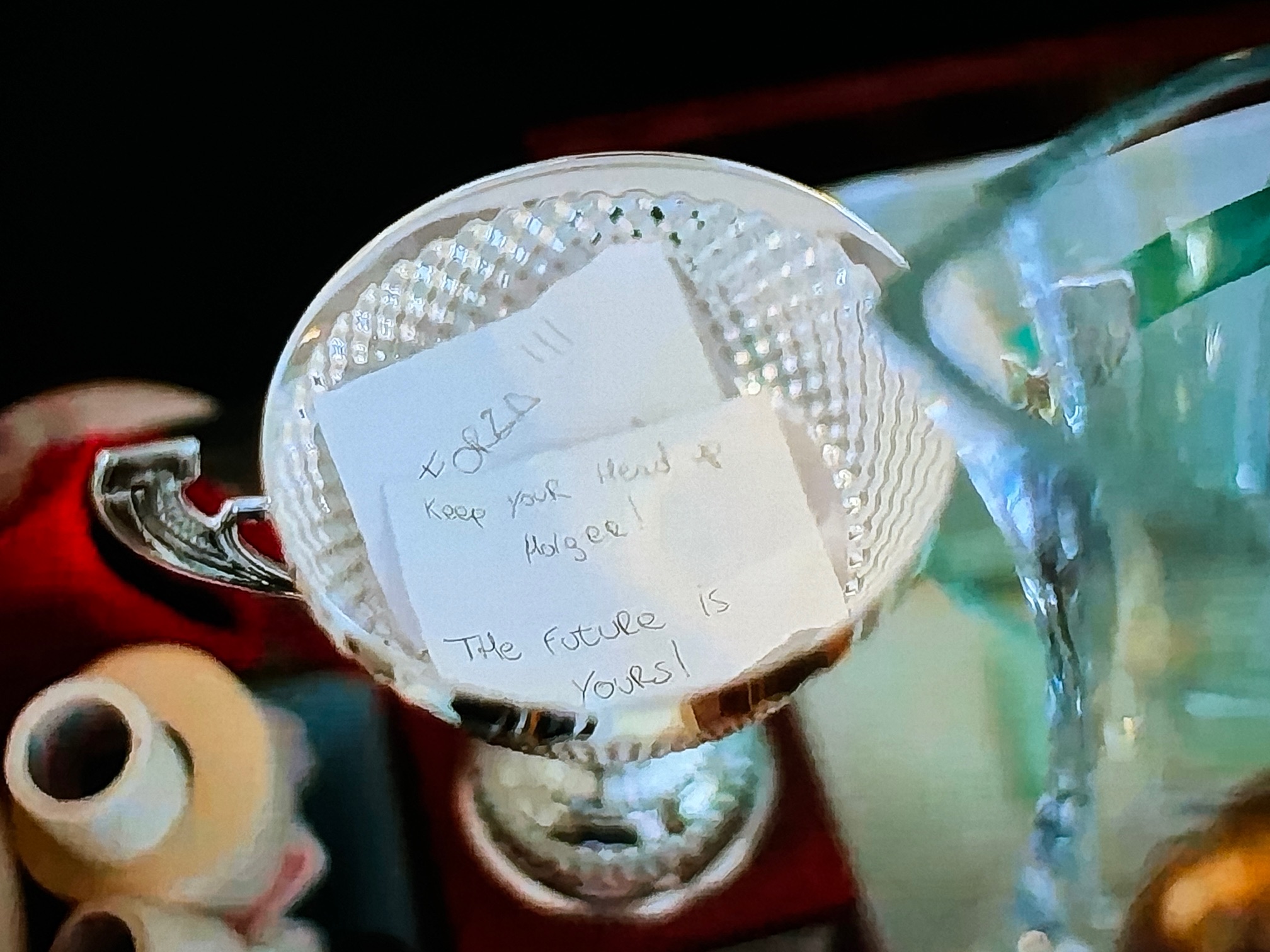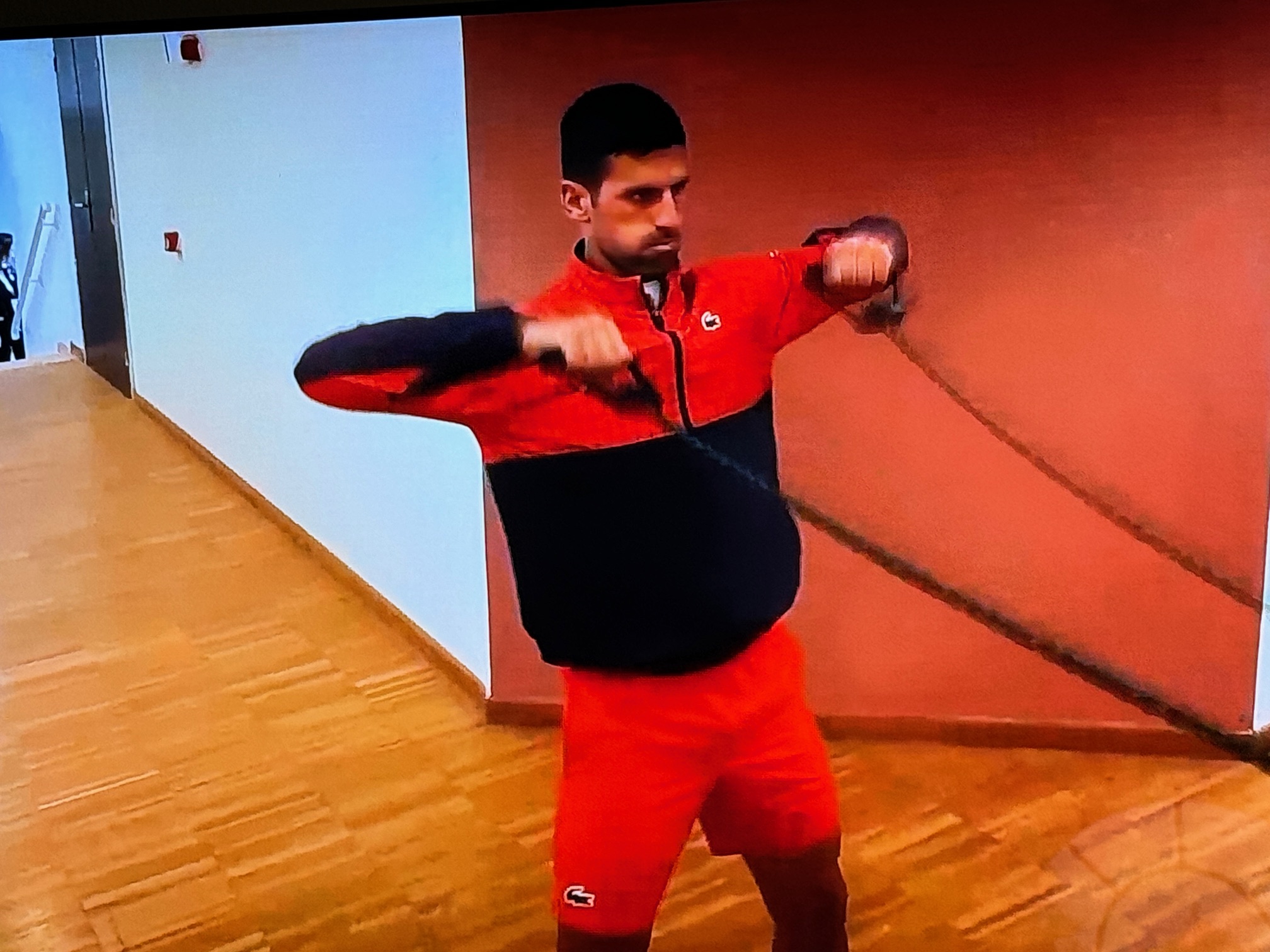Tennis Technology Tuesday
The ITF publishes a list of approved “Player Analysis Technology” devices on their official web site. Information on each device in that list includes the official report of the evaluation. Sadly, the ITF does not publish the reports for disapproved devices. However, examination of the reports from the devices that were approved reveals the factors that are generally considered.
The Babolat POP is an ITF approved Player Analysis Technology device. I purchased a Babolat POP when it was first released to the consumer market. While Babolat is no longer producing the device, it is available via secondary sources, such as eBay.
The Babolat POP consists of a “pod” that is worn on the racquet hand wrist of the player. Babolat provided a wristband with a little pouch for that purpose. The pod contains a triaxial accelerometer and triaxial gyroscope as well as the electronics required to record data off those sensors. It transmits data collected wirelessly via an unauthenticated Bluetooth connection.
The data is collected via an app on a smartphone and transmitted back to a central server. The player can access directly access their own data on their smartphone. There is no option to suppress the sharing of data with the central server. Indeed it appears like Babolat envisioned that data would be shared between friends in a competitive social networking kind of way.
The ITF Player Analysis Technology Report clearly focuses on the data collected by the device and the available communication channels. In accordance with the Rules of Tennis, this device was examined to determine if the pod could provide any meaningful means of communication to the player. In the case of the Babolat POP, it cannot.
The ITF provides a summary table in each report listing the components of the system and whether they are allowed in situations when coaching is prohibited and permitted. The Babolat POP pod may be worn by the player whether or not coaching is allowed. The smartphone and app may only be accessed in situations where coaching is permitted.
Based on my own play testing… the device is kind of useless. It doesn’t work as well as the glossy marketing materials indicated. For example, data is supposed to accurately reflect various types of shots hit by the player during a playing session. The reality is that there were too many obvious inconsistencies to be of any practical use.
Basically I used my Babolat POP to collect a raw count of the number of shots that I hit during public drills and training sessions. Essentially, the number strokes hit during a session is one data point for determining the intensity. To me, more balls struck is a better training session. I couldn’t find a practical use for the device beyond that.
To momentarily pull back the curtain to reveal my inherent geekiness, I have retained my Babolat POP as a future hardware hacking project. The data stream from the gyroscope and accelerometers can be access directly, without benefit of Babolat app and server. The core issue with the performance of the Babolat POP may have been the fidelity of data from the sensors. However, it is also possible that the algorithms used to interpret that data were flawed. I would like to pick it apart to see. It’s… what I do.
I have examined a smattering of the other reports off the ITF approved Player Analysis Technology list and each one contained a disclaimer in the conclusion of the report. The ITF evaluation is strictly confined to conformance with the Rules of Tennis. The reports are not an endorsement that the devices actually work or produce useful data.
That is certainly the case for the Babolat POP.
- Player Analysis Technology Approval report: Babolat POP, International Tennis Federation, PAT-15-013, 16 October 2015.



